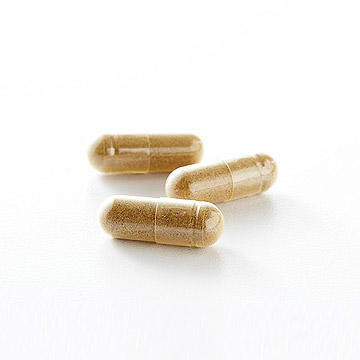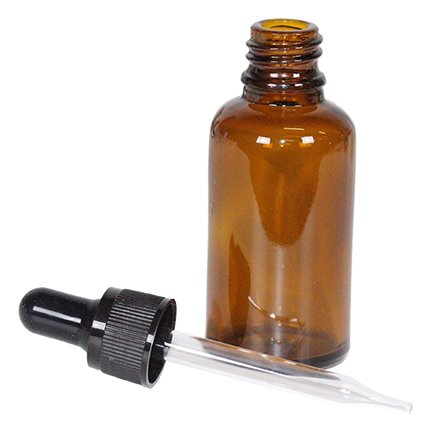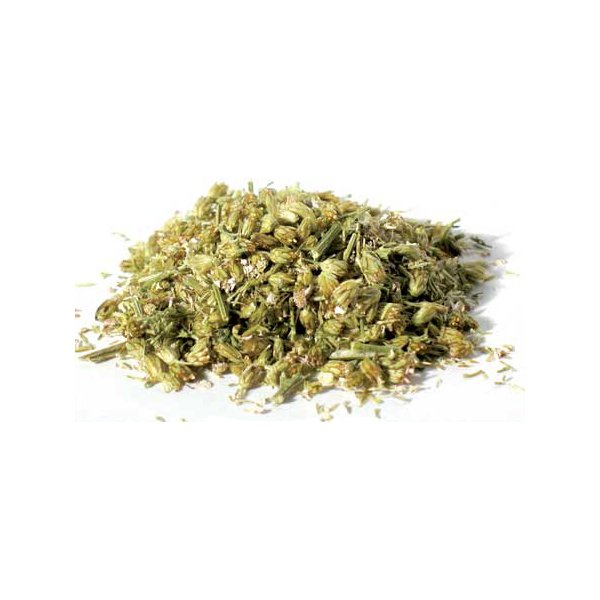PLACENTA PREPARATIONS
Encapsulation - Tinctures - Custom Herbal Blends
Why Encapsulate?
While human research is limited (but growing!), there are a great deal of animal studies clarifying the benefits of desiccated placenta consumption. The placenta is rich in nutrients, minerals, and hormonal factors that may enhance your recovery from childbirth and ease your postpartum transition. Most mammals continue this practice intuitively. It has also been recorded in human culture for centuries. Many choose to encapsulate their placenta for support in milk production from the Placental Lactogens. Others choose it for potential stress and pain relief from Cortisones, Prostaglandins, and Placental Opioid Enhancing Factors. Interferon may support the immune system while Iron replenishment is said to aid with recovery, energy, and handling sleep deprivation and moods. While larger studies are in process in regards to human placental encapsulation benefits, the safety of a properly prepared placenta is clear. Dosage suggestions are made individually in regards to your specific health history and with IBCLC lactation specialist recommendations. Please reach out if you have further questions.
Evidence & Research
Exploring Placentophagy in Humans: Problems and Recommendations.
Placentophagy: therapeutic miracle or myth?
Encapsulations
After processing your placenta with a light steam and a slow dehydration, it is ground into a fine powder. This powder is placed into small gel capsules. Each placenta is a different size and yields a different amount of pills, but on average you receive 150-200 pills. Dosage guidelines are outlined in regards to your individual pregnancy and birthing history.
Tincture
Many people desire to use their placenta preparations when their menstrual cycle returns. A small portion of the placenta is set aside and preserved in an alcohol base tincture, preserving the placenta for longer-term storage.
Umbilical Keepsake
The umbilical cord is set in a simple spiral and dehydrated. It is kept in a small muslin bag.



